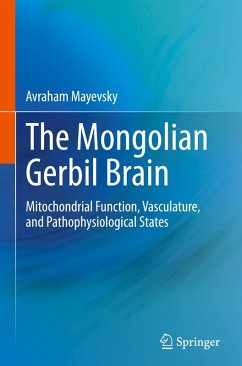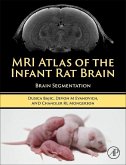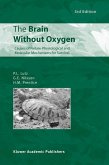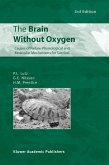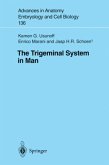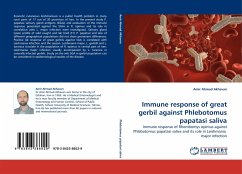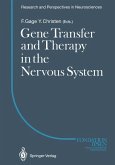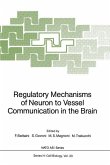The Mongolian gerbil brain lies in the anatomy of the blood vessels supplying blood to the brain. In all mammals, there is a special mechanism that compensates for the decreased blood flow to the brain in the case of development of stroke. This mechanism is missing in the gerbil and therefore makes the Mongolian gerbil a unique model for stroke. Dr. Mayevsky adopted the gerbil as a model for stroke and his laboratory uniquely studied the mitochondria in the gerbil brain under various pathophysiological conditions.
This book describes the history of the Mongolian gerbil in research, the brain energy metabolism and mitochondrial function and brain real-time monitoring systems used in gerbils, as well as the brain vasculature of the Mongolian gerbil. Further, the book includes chapters on brain multisite recording under brain perturbations, multiparametric responses to brain activation, and the effect of neuroprotectants on the gerbil brain.
This is an ideal book for research teams researching stroke and epilepsy.
This book describes the history of the Mongolian gerbil in research, the brain energy metabolism and mitochondrial function and brain real-time monitoring systems used in gerbils, as well as the brain vasculature of the Mongolian gerbil. Further, the book includes chapters on brain multisite recording under brain perturbations, multiparametric responses to brain activation, and the effect of neuroprotectants on the gerbil brain.
This is an ideal book for research teams researching stroke and epilepsy.

